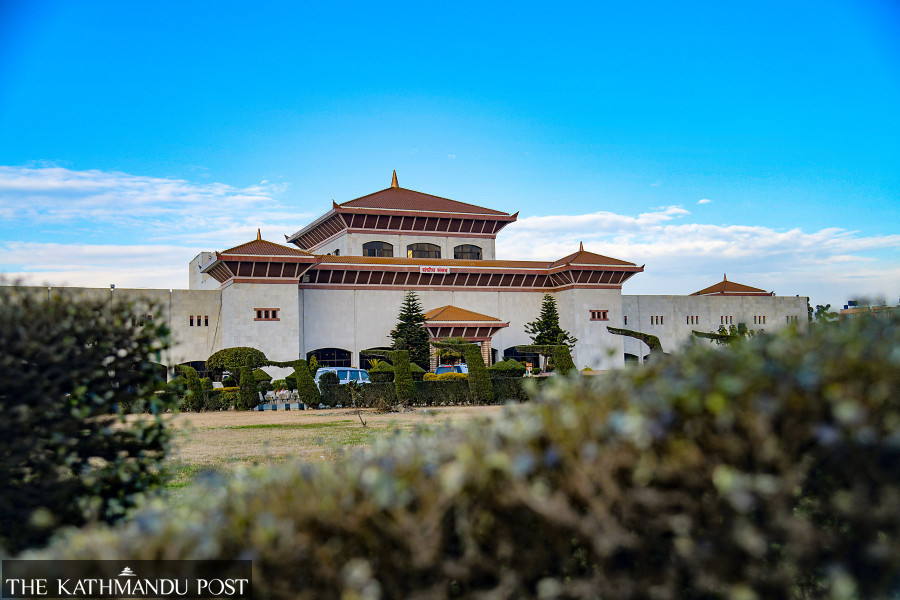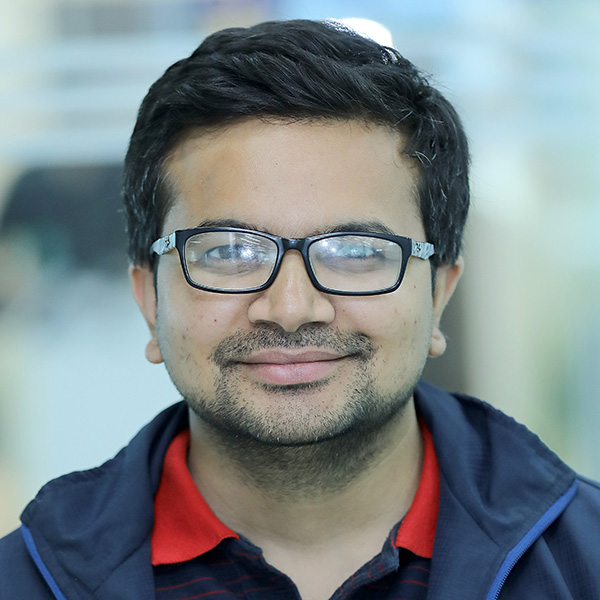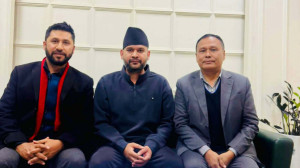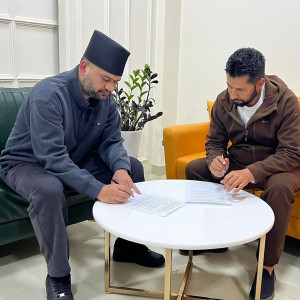Politics
Parties kill National Assembly’s spirit
Among those being elected, there are no field experts. The post-election upper house will also be less inclusive.
Binod Ghimire
One election at a time, the ruling parties are dismantling the constitutional spirit of the federal upper house.
As many as 52 candidates from eight political parties are competing in the National Assembly elections to be held later this month to choose a third of its lawmakers.
While the CPN-UML, Rastriya Prajatantra Party, Janamat Party and Nepal Majdoor Kisan Party are contesting the polls individually on their own strength, the ruling parties Nepali Congress, CPN (Maoist Centre), CPN (Unified Socialist) and Janata Samajbadi Party have fielded common candidates based on a seat-sharing deal.
As per the agreement, the Congress, the largest party in the ruling coalition, has fielded 10 candidates. The Maoist Centre has fielded candidates for six positions, while the Unified Socialist and the Janata Samajbadi Party have two and one candidates, respectively.
An electoral college of provincial assembly members, chairs and vice-chairs of rural municipalities, and mayor and deputy mayors of municipalities, metropolis and sub-metropolis will vote on January 25 to fill 19 of the 20 seats in the upper house that are going vacant from March 3. The remaining one will be filled through nomination by the President on the government’s recommendation.
Among the total vacancies, four are from the Bagmati Province, three each from Gandaki, Karnali and Sudurpaschim provinces, and two each from Koshi, Madhesh and Lumbini. The upcoming elections will fill the vacant positions based on provincial clusters.
As many as 549 provincial assembly members and 1,498 chiefs and their deputies of the local units are eligible to vote in the upper house election. Their votes have a combined weightage of 57,559. A vote of the provincial assembly member carries a weightage of 53, whereas it is 19 each for the chief and deputy chiefs of the local units. As the ruling parties command a majority in all the provinces, it is a given that 19 candidates from the four ruling parties will become lawmakers.
Parliament records show that among the 20 lawmakers who are retiring, eight (40 percent) are women, which includes a Janajati and a Madheshi woman. Three of the 20 are dalits, two are Janajatis while there is one person with disability, one Tharu and one Madheshi male. Only four (20 percent) are male from the Khas Arya quota. Bimala Rai Paudyal, appointed by the President, and Khim Lal Devkota, elected independently, are considered experts in their fields.
However, not a single Madheshi male will be elected this time as the ruling alliance hasn’t fielded a single candidate from the community. Ananda Prasad Dhungana, a Congress leader from Khas Arya quota, has been fielded from Madhesh Province. Similarly, only one Janajati male is being elected this time while there will be no representation of women from the Janajati cluster. Though the Dalit representation would be the same, neither a Tharu nor a Muslim is being elected this time. The number of males from Khas-Aryas is increasing from four to seven. There are also no field experts among the new candidates.
Experts say the spirit of the constitution is that the National Assembly has the representation of reputed personalities from various walks of life and is inclusive. However, the current slate of candidates is unlikely to honour that constitutional spirit, they say.
Those represented in the National Assembly either need to be intellectuals or those who represent marginalised communities, senior advocate Dinesh Tripathi, who has expertise in constitutional law, told the Post. “But both types of representation seem to be missing in the upcoming elections.”
As per Article 86 of the constitution, 56 out of 59 positions in the upper house are elected. Each province elects eight representatives which must have at least three women, one Dalit and one from persons with disabilities or minorities. Three are nominated by the President on the recommendation of the government. As the constitution remains silent on the representation of Madheshi, Tharu or Muslim, the ruling parties fielded a Khas Arya candidate even from Madhesh province.
Som Bahadur Thapa, a former secretary at the parliament secretariat, said the upper house, worldwide, is considered the House of intellectuals where the personalities who can vet the work of the House of Representatives are elected.
“But it has turned out to be a place to manage [employ] leaders and cadres,” he told the Post. “The quality of representation in the upper house is getting poorer with time.” He said the composition of those who are retiring was better than that of those being elected from the upcoming elections.
Most of the candidates picked by the ruling parties are old faces, many of whom had lost the latest parliamentary elections. Candidates like Krishna Prasad Sitaula and Dhungana of the Congress have already held multiple public positions and taken up legislative roles.
With 17 seats, the UML is currently the largest party in the assembly. However, as the ruling alliance is set to win the nine seats the UML holds, the UML will slip to the third position. The Maoist Centre with 17 seats is set to become the largest party in the upper house, followed by the Congress, which will have 16 seats. The election results will be published within hours after the polls close on January 25.




 6°C Kathmandu
6°C Kathmandu














